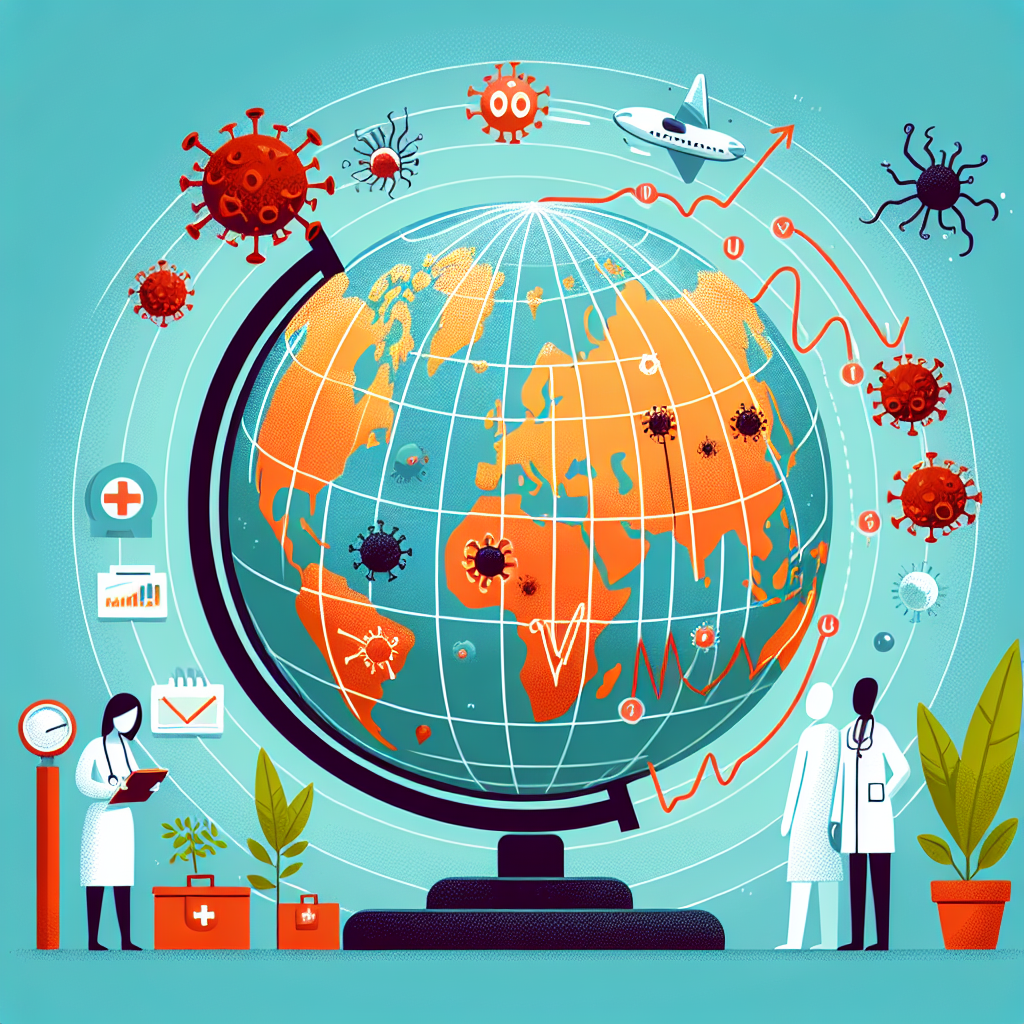
Global Chikungunya Virus Surge
Chikungunya virus cases have been rising markedly in various parts of the world. This mosquito-borne illness, which can cause debilitating joint pain, is showing alarming trends, particularly in Asia and Europe. In this blog post, we look at the factors driving this surge, its implications for global public health, and the strategies being devised to control its spread.
Understanding Chikungunya: Symptoms and Transmission
Chikungunya is a viral disease transmitted to humans by infected mosquitoes, specifically Aedes aegypti and Aedes albopictus. The virus causes fever, rash, and severe joint pain, often lingering for weeks or months. Because these symptoms are similar to dengue and Zika, misdiagnosis can occur.
The Washington Post highlights recent outbreaks in China, reporting over 8,000 cases, which officials attribute to increased mosquito populations due to warmer climates.
Global Hotspots and Rising Cases
Chikungunya has seen a notable uptick in regions across Asia, particularly in China, where unprecedented outbreaks have occurred. A report from The Independent notes that the UK has also observed an increase in travel-associated chikungunya cases, stressing the importance of mosquito bite precautions for travelers.
Impact on Public Health Systems
The surge in chikungunya cases poses a significant challenge for global health systems. The disease is causing increased hospitalizations and straining resources in affected areas. In China, for instance, health officials compare current measures to those during the COVID-19 pandemic, indicating the severe impact on public infrastructure (ABC News).
Why the Surge?
- Climate Change: Warmer temperatures and changed rainfall patterns have expanded habitats for chikungunya’s mosquito vectors.
- Urbanization: Increased urban populations mean more breeding grounds for mosquitoes due to poor waste management and stagnant water.
- Global Travel: Movement of infected individuals between regions facilitates the spread across borders.
Strategies and Responses
Several strategies are being employed to mitigate the impact of chikungunya:
- Vector Control: Programs aiming at reducing mosquito populations via insecticides and breeding site management.
- Public Health Campaigns: Educating communities about the prevention of mosquito bites and recognizing symptoms early.
- Vaccination Research: Advances in vaccine development could offer long-term solutions, though these are still under trial phases.
The UK Health Security Agency has highlighted the necessity of international cooperation in monitoring and controlling the disease as global case counts rise (UK Government).
The Road Ahead
The fight against chikungunya is far from over, but global awareness and combined efforts in research and vector management provide hope. The lessons learned from past outbreaks will be crucial in forming robust responses to not only chikungunya but also potential future vector-borne diseases.
For ongoing updates on chikungunya and other emerging health topics, stay connected with global health organizations and trusted news sources.
Additional information about the recent outbreak is detailed in the United Nations’ report on the spread of mosquito-borne diseases.



